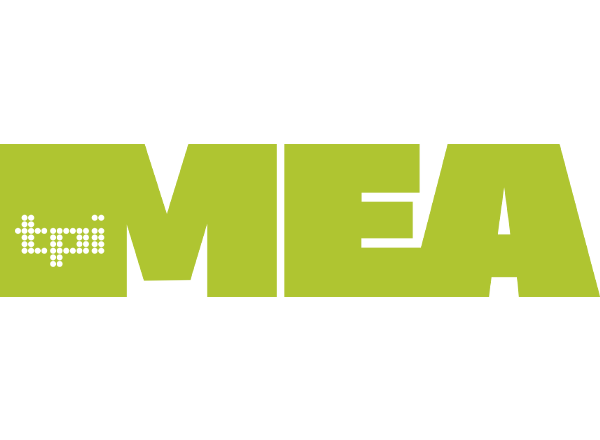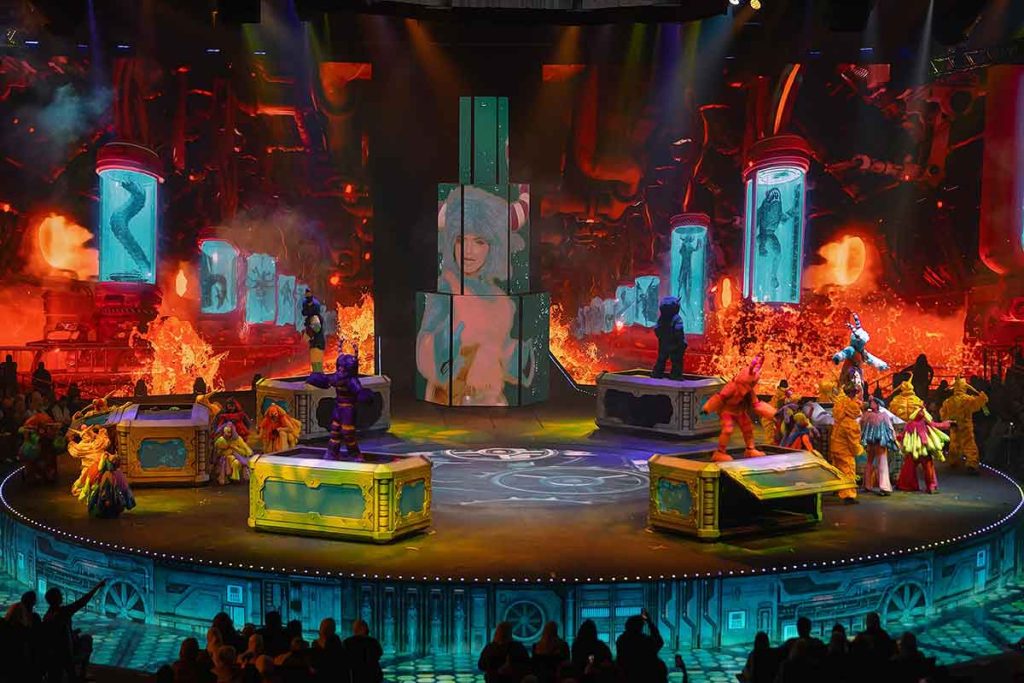The family entertainment sector is growing quickly in Kuwait, with more and more shows taking place in the country every year. One series that has stood the test of time is Zain – an annual production that has taken place at The Arena for each of the past four years, telling a different story surrounding the same character every year.
For this year’s production, Fearless Zain, Lighting Designer Luke Gregory Bonner of Curiome was tasked with creating a design that would complement the ethereal staging and scenic elements, helping to portray the vision of Director, Samir Abdel Massih, and Producer, Michele Corbani.
The LD had around 600 fixtures at his disposal, including moving spots, washes, beams, static colour-changing LED PARs and effects from the likes of Claypaky, Martin, Chauvet, Light Sky and GTD, run off an MA Lighting grandMA2 Full Size with a grandMA2 light as back-up, all supplied by Zero One Production & Media Services, led by Fahed Ghanem.
Bonner began by looking at renders and 2D stage layouts within the set. “The lighting needed to accommodate both the set elements and flying, which this year included both characters flying around the stage and over the audience,” he explained.
Once the framework had been established, Bonner used WYSIWYG to model the lighting design. “During that process I was looking to see how best to cover the stage, actors flying about, and audience,” he commented. “I’m a big fan of audience lighting and really like to include them as part of the overall look. We also had to light for cameras – both still and moving – keeping in mind what angles the camera would see to get that photo just right,” he continued, adding that the concept of lighting for photos mostly comes into play during programming stage.
The design for Fearless Zain was radically different from previous years of the show, with a circular mainstage connected via a thrust with backstage and an area behind two giant LED screens. This being the first time that Bonner had lit a round stage, there were a lot of different factors to consider. “I normally work in a boxed area – a rectangular stage with everyone facing in one direction,” he stated. “As our stage was round and full of set and actors who were moving around constantly, I had to consider that the use of light was multifunctional – front light was now also backlight and side light depending on the viewing position within the arena, and vice versa.”
The LD credited his Associate Lighting Designer, Nigel Patrick Holbrough – who had experience with similar shaped stages – with helping to guide him through the process of lighting in-the-round. “Once accepting that there was only one downstage edge, I was free to move on with intensity, focus, colour, beam, as well as timing,” he added.
Focus positions followed similarly in patterns around the stage instead of across the stage. “Advanced trusses carried the load of most of front washes and spots, audience light and balcony spots for low angles such as sunrise looks and inner and outer circular trusses followed suit, with a mix of front and rear spots and washes,” Bonner described. “I also included some very narrow beam movers to help fill the large stage and push past the bright LED screens in the background, particularly with haze.”
In-ground LED pucks were installed around the stage edge to accentuate the roundness of the stage and thrust. “For specific scenes, I used truss toners for truss fins that poked out above the two giant LED screens, which also held washes and beams. To help fill the ceiling cavity, I added some vertical toned trusses, which also had a mix of beams and washes for specials,” Bonner recalled. “By toning the trusses in key scenes, we could add to the video content, further accentuating the mechanical, industrial feel.” More beam lights filled a small area in front of the LED screens, accentuating the screen curvature and adding and extra dimension.
The LD recalled how the lighting design evolved as the site was being built. “As we go through the story, there are always opportunities to add things to the main rig,” he explained. “For this show, we added seven custom gobos spread out over 32 fixtures.” After walking through the script, Bonner passed over to Associate Lighting Designer Holbrough, who created the MA3D based on the WYSIWYG model, including colour palettes, focus positions and cue-stacks.
A selection of atmospherics added to the aesthetic. Strobes were deployed for lightning effects, plumes of smoke were released from machines positioned under the stage, general smoke machines were deployed in specific locations under the central stage lift, in the backstage entry to reveal the big LED tower, and in front of the two large LED screens to create clouds, all with fans. “I also used haze only for atmosphere before the start of Act 1 and then similarly prior to Act 2 during the interval,” Bonner revealed. “We also used some neat smoke bubble machines in the trusses that poured out smoke-filled bubbles, along with some snow machines and spark effects, which tied into the industrial factory imagery, giving a three-dimensional look of sparks as if from angle-grinders on steel.”
One aspect of the project that stood out for Bonner was the creation of a silver-like colour. “We had a specific scene where we wanted to light this monochromatic world, full of metallic set pieces, and actors dressed in wiry costumes set to a world without colour,” he recalled, noting how he mixed cold blue, pale and cool lavenders to achieve the desired shade. “We had a lit stage but kind of dull, which was the point.”
The show was written by Heba Hamada, and May Al Saleh was the Executive Producer. Scenic architects Patrick Howayek and Nancy Elias led the set department; Omar Youssef of Orora handled video; Raja Saade took charge of flying elements; and Doss oversaw choreography. The play was sponsored by Zain.
While no project is ever without its issues, Bonner stressed importance of a solid team. “This team has stayed pretty much the same since I joined the company in 2018, and we all work towards the common goal of the project,” he concluded. “Everyone on the team understands that their role, while important, is not as important as the common goal. We don’t do what’s best for us; we do what’s best for the project – this is why it works. We are all proud of the success of the project, as one.”
Photos: Fahed Abou Ghanem, Azizalkhudhair


